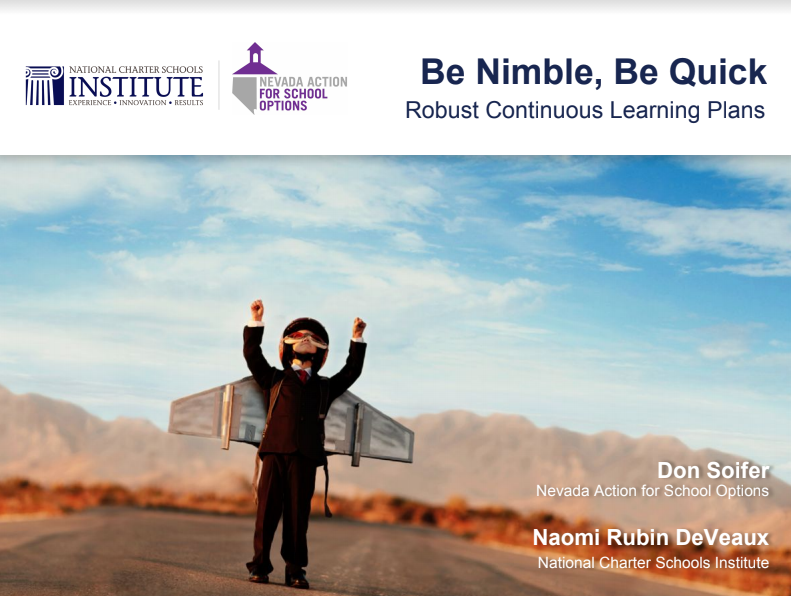Posted at 12:50h
in
Blog
by Don Soifer
March 11, 2021
Private education choice programs around the country have generated tens of billions in net savings to taxpayers, according to a new research study. Through 2018, the report found, between $12.1 billion and $27.8 billion in savings have been realized as the result of 40 education choice programs in 19 states plus the District of Columbia.
These school choice programs saved between $1.80 and $2.80, on average, for every dollar spent on the programs.
As education budgets are stretched thin across the country, the result of lost tax revenue through difficult pandemic economic conditions, these findings should be expected to resonate with state policymakers.
Dr. Marty F. Lueken, “The Fiscal Effects of Private K-12 Education Choice Programs in the United States.” EdChoice Working Paper 2021-1. March 2, 2021.
There are 67 educational choice programs operating in the United States today, serving families in 28 states plus the District of Columbia and Puerto Rico. The study examined fiscal effects of these programs between 1990 and 2018.
The most important factor in achieving the savings discussed has to do with the relative size of the payments received by students for use in these programs.
“Students in choice programs received less than one-third of the revenue they would generate for their states’ public schools,” observed the report’s author, Dr. Martin F. Lueken, director of EdChoice’s Fiscal Research and Education Center.
When children move to private schools to participate in education choice programs, private philanthropic dollars and other new revenue sources frequently make up the difference between the size of the program disbursement and the actual costs to attend the private school. Participating private schools often absorb these costs in their operating budgets, or through established scholarship programs of their own.
The report also observed that public school districts benefit fiscally because they often keep a significant portion of per-pupil funding for students who depart their schools to participate in these programs. Additionally, most states’ school funding systems maintain “hold harmless” funding provisions that protect school district budgets against revenue losses from declining enrollment.
For Nevadans, it is worth noting that their state’s Opportunity Scholarship program was not included in the study because, as the author explained, only half of available scholarship funds were disbursed that year (funds were held back by scholarship organizations as reserves to continue those students’ scholarships in future years). This was deemed non-typical enough to merit excluding the program from the fiscal effects analysis.







